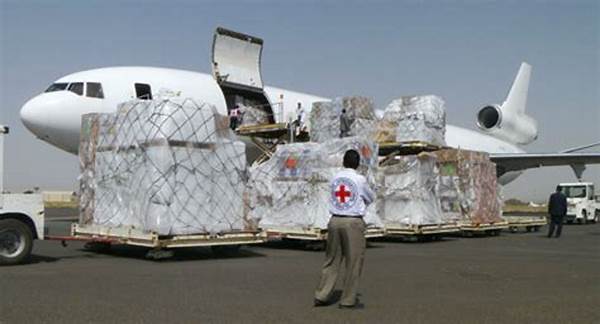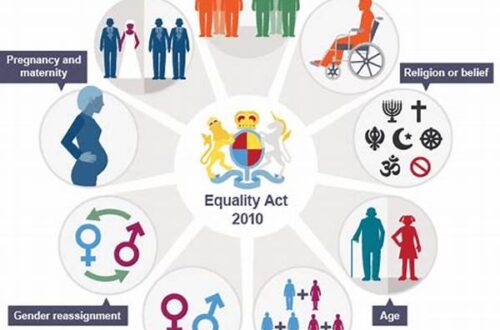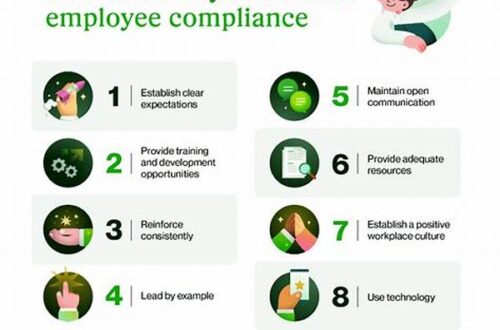In recent years, the field of humanitarian logistics has witnessed a revolutionary shift with the advent of drones. These unmanned aerial vehicles have transformed the traditional methods of delivering aid and relief supplies, particularly in areas that are otherwise inaccessible due to geographical or infrastructural barriers. As ongoing advancements continue to enhance the capabilities and cost-effectiveness of drones, their role in humanitarian logistics support is poised to become even more pronounced.
The Role of Drones in Humanitarian Logistics
Drones in humanitarian logistics support have become an indispensable tool in providing swift and efficient assistance during crises. Their ability to bypass physical barriers allows them to deliver essential supplies such as food, medicine, and water to remote or disaster-affected areas. Unlike traditional ground-based transportation, drones can navigate through rough terrains or congested urban areas, thus significantly reducing delivery time. Additionally, drones equipped with cameras and sensors can assess disaster sites, providing valuable data to help coordinate relief efforts. The integration of drones into humanitarian logistics not only enhances the speed and scope of aid delivery but also ensures that resources are allocated efficiently and effectively, ultimately saving lives.
Benefits of Using Drones in Humanitarian Logistics
1. Improved Accessibility: Drones in humanitarian logistics support can reach otherwise inaccessible locations, ensuring timely delivery of critical supplies.
2. Reduced Delivery Time: The use of drones significantly cuts down on the time required to transport goods, particularly during emergencies.
3. Cost-Effective: Drones offer a relatively low-cost alternative to conventional means of transportation, especially over short distances.
4. Real-Time Data Collection: With advanced imaging technologies, drones provide real-time data, improving the coordination and effectiveness of relief operations.
5. Environmental Benefits: Drones have a smaller carbon footprint compared to traditional vehicles, supporting eco-friendly humanitarian operations.
Challenges Facing Drones in Humanitarian Logistics
While the advantages of utilizing drones in humanitarian logistics support are manifold, several challenges persist. Regulatory barriers, such as airspace restrictions and licensing requirements, often hinder the seamless implementation of drone operations in disaster zones. Additionally, technical issues, such as limited battery life and payload capacity, can restrict the effectiveness of drones in logistical operations. Local communities may also harbor concerns regarding privacy and security, necessitating comprehensive strategies to address and mitigate these issues. To fully realize the potential of drones in enhancing humanitarian logistics support, these challenges must be systematically addressed through collaborative efforts among governments, humanitarian organizations, and technological innovators.
Case Studies: Effective Use of Drones in Humanitarian Logistics
1. Healthcare Delivery in Rwanda: Drones have been instrumental in delivering medical supplies to remote areas, reducing nutrient deficiency in isolated communities.
2. Disaster Relief in Haiti: Following earthquakes, drones provided crucial aerial assessments to facilitate timely relief distribution.
3. Flood Management in Bangladesh: Drones supported the swift evacuation and delivery of essential items during severe flooding episodes.
4. Wildfire Response in Australia: Drones aided in mapping affected areas, allowing for more efficient allocation of firefighting resources.
5. Ebola Response in Africa: The deployment of drones enhanced the distribution of medical kits and protective gear amid the Ebola outbreak.
Technological Advancements in Drone Logistics
Technological advancements continue to enhance the utility and efficacy of drones in humanitarian logistics support. Improvements in battery technology have extended flight durations, allowing drones to cover greater distances. Payload capabilities have also seen significant enhancements, enabling the transport of larger and more diverse cargoes. Innovations in artificial intelligence allow drones to navigate autonomously, optimizing delivery routes and improving safety during operations. As these technologies evolve, the integration of drones into humanitarian logistics is set to further revolutionize the field, offering unprecedented levels of efficiency and effectiveness in emergency response scenarios.
The Future of Drones in Humanitarian Logistics
As the field of humanitarian logistics evolves, the reliance on drones is expected to expand. The increasing availability and affordability of drones will likely drive their adoption in organizations worldwide. Looking ahead, the development of standardized regulatory frameworks will be crucial in facilitating international cooperation during cross-border humanitarian operations. By harnessing the full potential of drones in humanitarian logistics support, stakeholders can ensure more responsive, sustainable, and impactful interventions in disaster-prone regions, ultimately advancing global humanitarian efforts.
Conclusion
In conclusion, drones in humanitarian logistics support represent a transformative innovation with the capacity to significantly enhance emergency response capabilities. Despite the challenges posed by regulatory, technical, and social factors, the benefits offered by drone technology in improving the speed, efficiency, and reach of humanitarian logistics are undeniable. Continued investment in research, collaborative partnerships, and regulatory alignment will be essential to maximize the utility of drones in optimizing global humanitarian efforts. With these efforts, drones are set to play an increasingly vital role in shaping the future of humanitarian logistics, delivering hope and aid to those who need it most.





